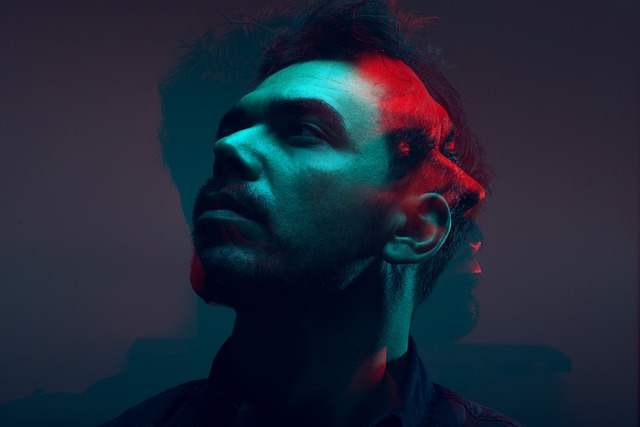Unveiling the Intricate Details: Understanding Exposure in Photography
As photographers, we often find ourselves captivated by the details that define our art. Whether it’s the delicate play of light on a leaf or the breathtaking contrast in a sunset, these intricate elements can make or break a photograph. At the heart of these details lies one of the most crucial components of photography: exposure.
The Pillars of Exposure
Understanding exposure is essential for capturing the rich details of your subject. Exposure is determined by three key elements: aperture, shutter speed, and ISO. Each plays a unique role in how light interacts with your camera sensor and ultimately affects the outcome of your photograph.
Aperture: The Eye of the Camera
Aperture refers to the size of the lens opening and is measured in f-stops. A smaller f-stop (like f/2.8) allows more light in, creating a shallower depth of field that beautifully blurs the background, drawing attention to your subject’s intricate details. Conversely, a larger f-stop (like f/16) lets in less light but increases the depth of field, enhancing details throughout the entire scene.
Shutter Speed: Capturing Motion and Light
Shutter speed determines how long the camera’s sensor is exposed to light. A fast shutter speed (say, 1/1000th of a second) freezes action, allowing you to capture those fleeting moments with stunning clarity, highlighting the minute details that the naked eye might miss. Meanwhile, a slower shutter speed can evoke a sense of movement, making the details swirl and blend in a creative blur.
ISO: Sensitivity to Light
ISO measures your camera sensor’s sensitivity to light. A low ISO setting (like 100) yields cleaner images with more detail, especially in bright conditions. However, in low-light scenarios, a higher ISO can help capture details without raising your shutter speed too much, albeit at the risk of introducing noise. Striking the right balance is crucial for reproducing the delicate elements of your scene.
Balancing the Triangle: Finding Your Unique Voice
Mastering the exposure triangle—aperture, shutter speed, and ISO—enables photographers to express themselves with precision. Each photographer’s style is different; some may prefer the sharp, crisp details of landscapes, while others may gravitate toward the soft, dreamy aspects of portraiture. Understanding how these elements interact allows you to manipulate exposure creatively, ensuring your vision is fully realized.
The Artistic Journey
Taking time to explore the nuances of exposure can transform the way you see and capture the world around you. It’s about more than just getting the technical details right; it’s about unlocking the emotion behind the shot and conveying a story through each frame. Every aspect of exposure affects the way light and shadows play together, creating an orchestra of details that breathes life into your photographs.
Ultimately, recognizing the importance of exposure in photography equips you to focus on the details that matter. As you delve deeper into this complex world, you’ll find yourself not only enhancing your technical skills but also developing a greater appreciation for the artistry of capturing life’s fleeting moments.



